Technical requirements for laminate underlays (extract from the EPLF information sheet – That’s how laminate finds the appropriate underlay) www.eplf.com
After years of preparation in numerous working groups at the European level (CEN) and within the EPLF, the official framework governing underlay materials under laminate floor coverings was published for the first time ever at the end of 2013. EPLF was one of the leading forces on these standardisation efforts.
EPLF also contributed in putting minimum requirements in place for underlays in order to serve satisfactory conditions under the laminate floor in the envisaged area of application.
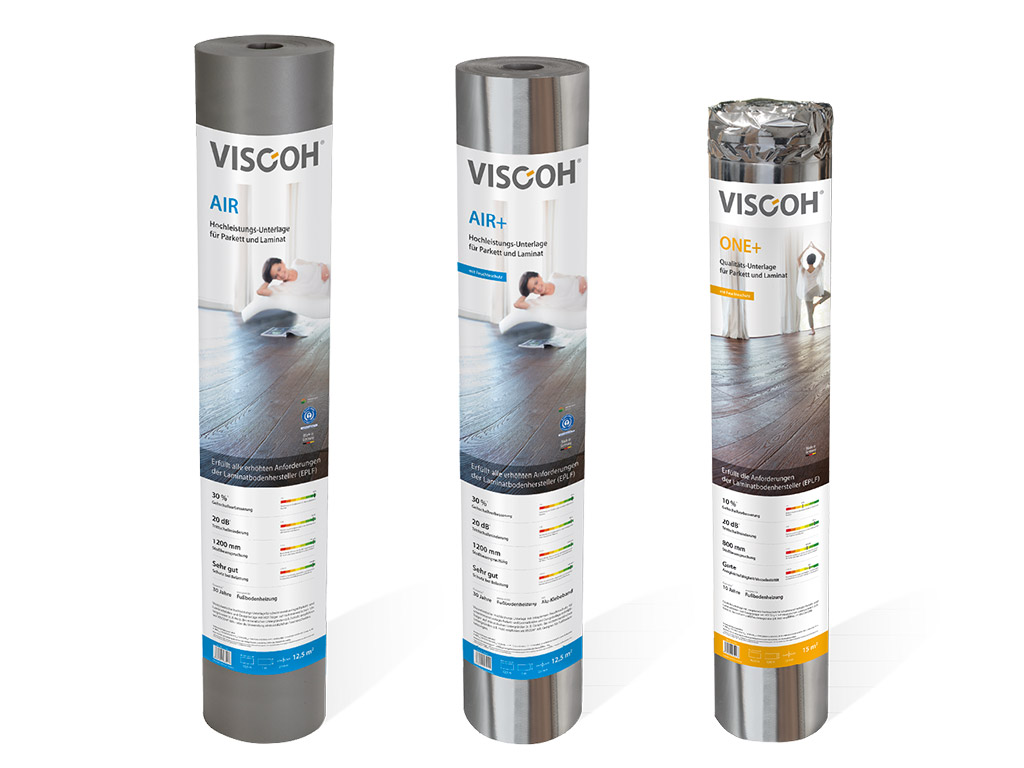
A floating floor can only prove its qualities if the underlayment as a part of the entire flooring system functions optimally. The underlayment represents the connection between the laminate floor and the substrate, and should basically function in the following ways:
Ensure satisfactory installation
This includes levelling unevenness and creating a level installation surface so that a floating floor can be properly installed.
Protect the floor permanently
The requirements for suitable underlays are aimed at protecting the floor from daily wear and tear such as falling objects and walking, as well as shielding the floor from rising residual building moisture or damp.
Improve the properties of the floor
In addition to the reduction of impact sound and walking noise, the underlay also influences heat insulation and walking comfort.
EN 16354
The European standard EN 16354 has been in place since October 2018. This official document from the European Commission addresses all relevant criteria of an underlayment for laminate flooring, defines the test method to be used and specifies basic minimum requirements. This ensures that the specified product properties are comparable and that the underlayment fulfils the minimum requirements stipulated by the CEN.
Technical data sheet of the EPLF
The EPLF technical data sheet is based on EN 16354 and contains explanations and specific recommendations on technical data for all the key requirements that an underlay must fulfil. It defines the minimum requirements that an underlay should fulfil depending on the type of floor covering. The data sheet also specifies recommendations for increased requirements for underlays, which are recommended for flooring with a service class of 31 or higher.
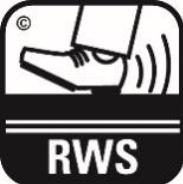
Walking noise is the noise that is perceived when using the laminate flooring in the room itself (e.g. when walking on it, playing on it, etc.). EN 16205 describes a test method with which the “perceived loudness” of a laminate floor can be reproduced using the RWSLam value (EN 16205/Appendix E). The RWSLam value of an underlay to improve walking noise must not exceed 110 sone.
Minimum requirement: ≤ 110 Sone

Impact sound is the noise that is perceived as structure-borne sound in the room below or next door and is generated when using a laminate floor. The ability of an underlay to insulate impact sound is expressed by the ISLam (impact sound insulation) value. The ISLam value of an underlay for impact sound insulation should be at least 14 dB. Underlays with lower ISLam values are to be regarded as separating layers.
Minimum requirement: IS ≥ 14 dB
Higher requirement: IS ≥ 18 dB
(Note: A reduction of the sound level by 10 dB corresponds to a halving of the perceived volume for the human ear)
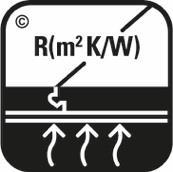
Underfloor heating/cooling (Rλ,B)
In general, laminate flooring is suitable for use on hot water underfloor heating/cooling systems. In order for the underfloor heating/cooling to work efficiently, the underlay should have the lowest possible thermal insulation, i.e. the total sum of underlay and laminate flooring (Rλ,B) should be as low as possible. Maximum permissible R value of the entire floor:
Underfloor heating: R ≤ 0,15 m²K/W
Underfloor cooling: R ≤ 0,10 m²K/value
Thermal insulation (Rλ)
Laminate flooring has relatively low thermal insulation. On unheated subfloors, an underlay with a high thermal resistance (Rλ) can significantly increase the thermal insulation properties of the flooring system. This increases the surface temperature.
Minimum requirement (underlay only): Rλ ≥ 0,075 m²K/W
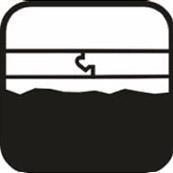
To protect the floor mechanically and for acoustic reasons, smaller uneven areas should be avoided. The underlayment should be able to compensate for minor occasional irregularities such as screed granules on the ground. The higher the PC value, the better this compensation
functions.
Minimum requirement: PC ≤ 0,5 mm
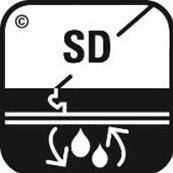
Wherever there is mineral substrate, protection against rising dampness or moisture is mandatory to prevent damage to the floor. This can be achieved with an additional water vapour control layer or with an appropriately equipped laminate underlay. The higher the SD value, the better the
protection against rising dampness.
Minimum requirement: SD ≥ 75 m
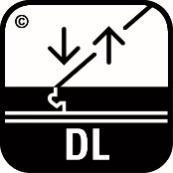

Daily use stresses floors and thus also underlays. Underlay materials must be able to withstand certain strains over their entire useful life:
• DL: Dynamic exposure caused by walking
• CC: Long-term exposure caused by static loads (furniture)
• CS: Temporary exposure caused by loads
Minimum requirement: Higher requirement:
DL ≥ 10,000 cycles DL ≥ 100,000 cycles
CC ≥ 2 kPa CC ≥ 20 kPa
CS ≥ 10 kPa CS ≥ 60 kPa
(Note: 10 kPa ~ approx. 1 t/m²)

In order to minimize the risk of damage to the laminate floor surface, the flooring system has to be able to absorb compression forces of short duration, e.g. falling objects, as far as possible. The higher the RLB value (impact loading) of the underlayment, the better the underlayment will
minimize the damage to the laminate floor covering. The requirement for the underlayment is specified as the minimum drop height in cm.
Minimum requirement: RLB ≥ 50 cm
Higher requirement: RLB ≥ 120 cm